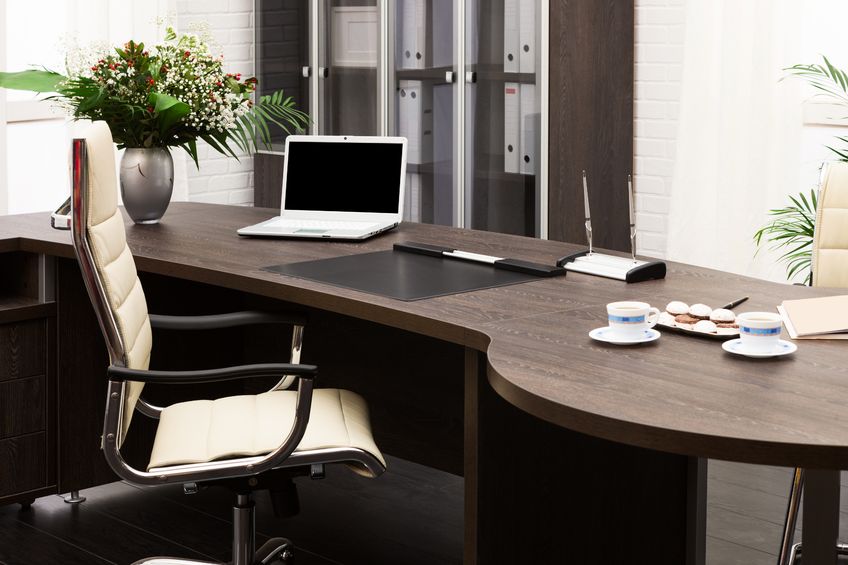
There’s a certain formality that comes with meeting clients at the office. They patiently wait to be received by your assistant, often carrying confidential records. But that doesn’t mean it has to feel like a clinical experience.
“You want to make people feel like they’re at home,” says Kirsten Marshall, owner of Palmerston Design Consultants, in Toronto. “The more intimate you can make the place, [the more they’re at ease].”
With attention to detail and design, you can create a warmer environment for hosting clients.
Here are six ways you can bring elements of the home to your office:
1. Arrange a separate sitting area
If there’s enough room, set up a separate table where you and your client can discuss business face to face, says Marshall. It can be a small dining table, or alternatively, have two comfortable chairs set side by side.
This makes the experience less intimidating for the client and also makes it easier to review documents.
2. Invest in good furniture
You may have limits to what you’re willing to spend, but Marshall says if she could splurge on one thing, it would be a solid desk.
“Find a desk that’s really functional, but that’s also a statement of personality,” says Marshall. “So often, Bay Street offices all look the same, where everything matches.”
3. Intermix professional plaques with tchotchkes
Warm up the space with personal touches, which reveal aspects of your life outside of work. Don’t just conspicuously hang your diplomas, but find ways to incorporate photographs that tell a story, such as travel or landscape pictures, says Marshall.
“You want to have small groupings of things,” says Marshall. “Keep objects in threes, so you don’t get shelving that’s absolutely littered with things.”
She tells clients to be sparing in the amount of objects — books, paintings and photographs — that fill the space. For example, if you’re an avid collector of old model planes, you don’t need to showcase the entire assembly, just pick three, she says.
Instead of purchasing a statement piece, Marshall suggests a gallery wall, with a triptych of small artwork. “It’s very expensive to find a massive piece of art,” she says. “It can be very dominating and may not be effective.”
4. Integrate different levels of lighting
Since we only get small doses of natural light throughout the year, incorporate different lighting options and avoid fluorescent lights, says Marshall. For example, you can have a standing lamp or a side console.
5. Consider an accent wall
Colours are known to evoke certain moods: soft, neutral tones have a calming effect, whereas a bright, bold scheme can be harsh on the eyes, says Andrea Josey, professional organizer and owner of Happy2Organize, in Halifax. If you plan to deviate from office colours, try to “appeal to the most amount of people,” she adds. That means sticking to a palette of soft greys, soft whites and taupe.
However, if you’re intent on using colour to display personality, an accent wall is less overwhelming. For example, the colour you pick can be one associated with your company. “One wall, one coat of paint of the colour of the company you work for [can be] branding in a subtle way,” says Marshall.
6. Use fresh flowers
While it’s always best to abide by no-artificial-scent policies, a vase of scented flowers can lift people’s mood. They add cheer to what can seem like a stuffy office environment.
“Whether it’s your home or the office, fresh flowers brighten the space, and they make people feel good,” says Josey.
Photo copyright: terex/123RF